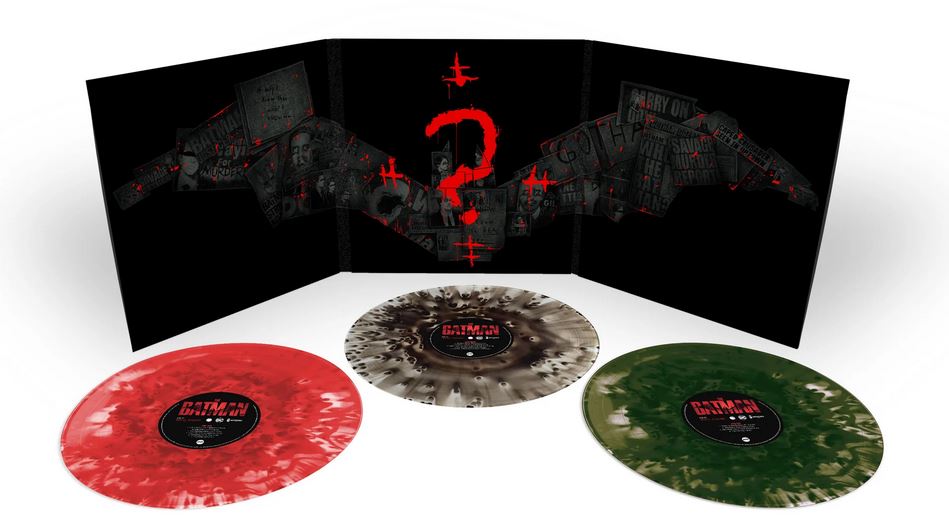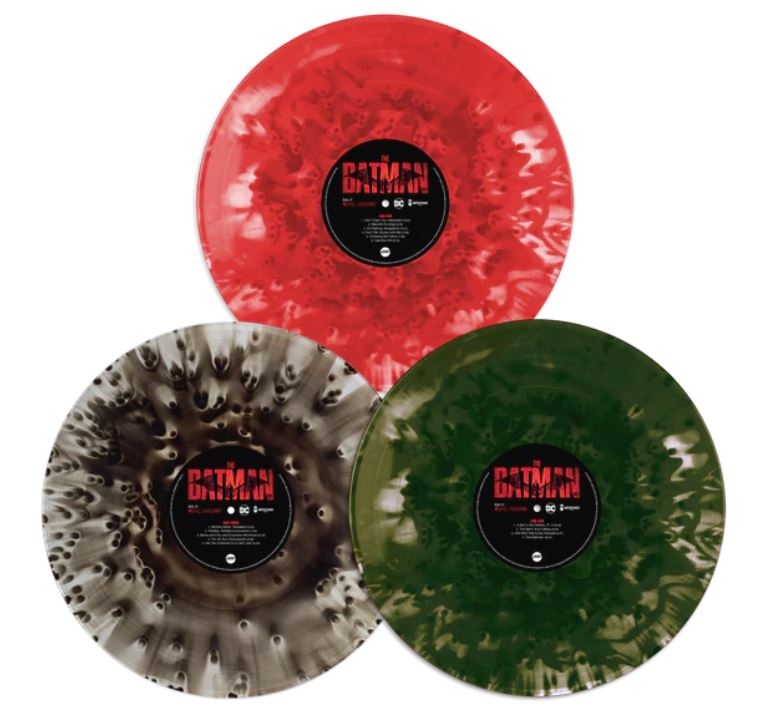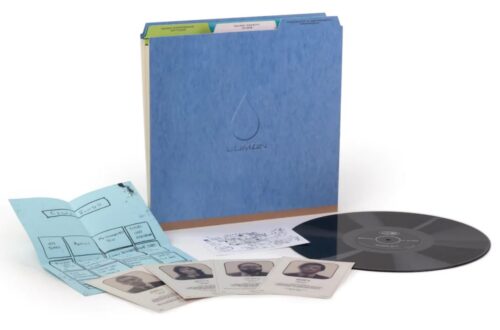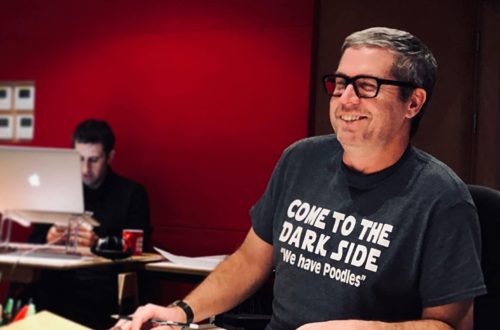There’s a lot to love in the music of Michael Giacchino. He’s been to space, he’s been lost on an island, he’s been to the moon, far from home, he’s been up and inside out, and when it comes to modern composers, he’s the right one to let in if you want to get to the heart of the story.
On that note, this film marks his fourth time collaborating with Matt Reeves, and what a team they have made over the years. The Batman finds him exploring new ground, well, for Reeves that is; Giacchino is all kinds of familiar with a superhero sound. But the world of dark and knights? How would someone as colorful as Mr. Giacchino fare on the streets of Gotham? Well, let’s explore that.
For starters, that brings up the old-fashioned argument: is Batman a superhero? We’re not gonna go there today, but you know what we mean. However you classify Bruce Wayne and his brand of vigilante justice, he is larger than life which, I say, does make him a superhero. As such, he needs a suitably larger-than-life soundscape to accompanies this gritty, daring do-gooder as he POWs BAMs and SOCKs his way through a horde of enemies.

This film tries to go ultra realistic, so to speak, in that Rob Pattinson is no different than any regular guy dealing with trauma. He’s not even that physically intimidating (which, from a casting perspective, was done on purpose), yet he succeeds by projecting fear and a Bruce Lee kind of nimbleness. Also, his laser focus on avenging his parents gives him the mental acuity and edge to do things his foes won’t do.
With that mindset, the music can be broken down into two very distinct camps: a very rough two-note driving motif that mirrors Bruce Wayne’s early days in crime-fighting (the film shows that he is in year two doling out his unpolished vigilante justice). The other, a slight derivation, is a reoccurring reinterpretation of ‘Ave Maria’.
The film bounces back-and-forth between the brooding persistent drive that pushes Bruce into the dark, and the Riddler‘s very dreamy, delusional and nigh lunatic headspace. With the movie at about three hours, it’s mostly wall-to-wall music and this brilliant 3X LP release from Mondo captures all of that, and then some!
The first two discs dance between the prominent themes, and then find some opportunity for the softness and beautiful melodies Giacchino is known for – the best of which is actually the third disc that sports really elaborate and intricate themes.
These cues have the room to shine and flourish which is great because the first two discs are almost interchangeable. Side 3B (like the rest of the track list) is taken from the film, but its structure is such a departure from how the main themes play out; it almost feels like it was Giacchino’s sketchbook and one of the bright points in an otherwise dark and heavy soundscape.

Taking that further, the piano work in the score is very raw – essentially a mock up. In a different world, it might have been interesting to hear more of this as it did encapsulate how raw Bruce is at this point in time. What is kind of nice about his score though is that it almost has some of the same horns and strings that Elfman used back in ‘89. And that makes this whole effort play quite a bit like a sister score – replete with echoes of Gothic tones. You can just picture cathedrals in the dark of night.
This might be, perceptively, one of Giacchino’s simplest works, but considering the subject matter, it’s what it was called for. With nearly two hours of score, housed on three discs, featuring all new artwork by Henry Abrams, and pressed on 180 gram vinyl (color exclusive to the Mondo webstore, also available on 180 gram solid color vinyl) this is a lovely release, and you better grab a copy before it’s gone!





